Tsutomu Nomoto started Nomoto Chinshou-en on his birthday in 1973. Bonsai had been a family hobby for several generations but it wasn’t until Tsutomu turned away from veterinary medicine – the default line of work for his family – that the hobby became a business. Tsutomu studied at Nakanishi Chinshou-en in Shikoku’s Kinashi bonsai district (more at “Nakanishi Chinshoen“). Following his apprenticeship, Tsutomu returned to his native Miyazaki and opened Nomoto Chinshou-en.

Nomoto Chinsho-en
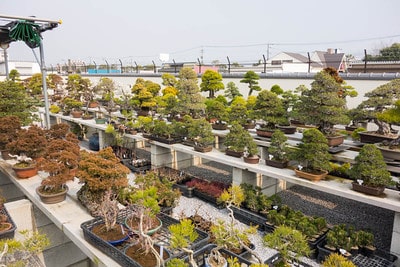
Nomoto Chinshou-en
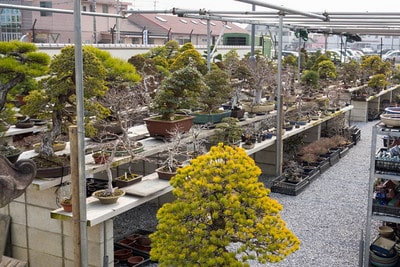
What a tidy nursery!
I first learned about Nomoto Chinshou-en from Tsutomu’s son, Daisaku. Daisaku was one of Boon Manakitivipart’s senpai at Aichi prefecture’s Kihachi-en. Today Daisaku runs the family business with his father. Here’s some of Daisaku’s work.
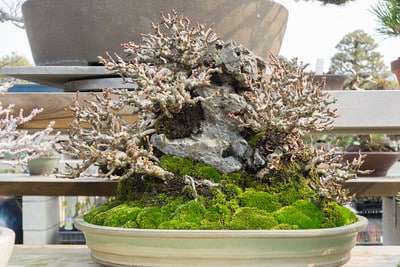
Root over rock chojubai
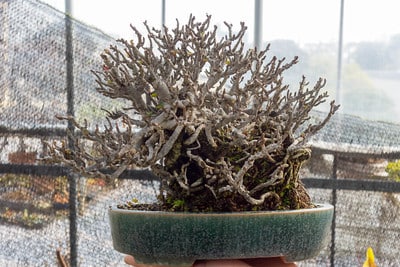
Exposed root chojubai
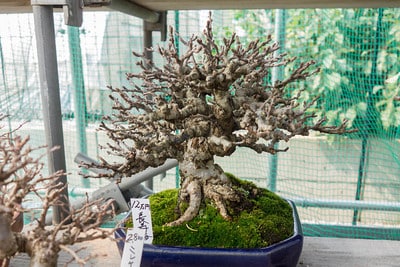
Single-trunk chojubai
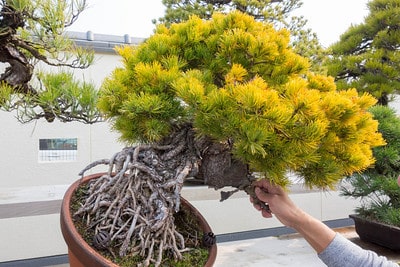
Exposed root white pine
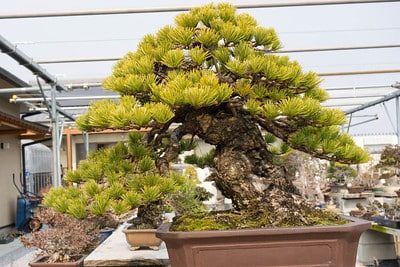
White pine
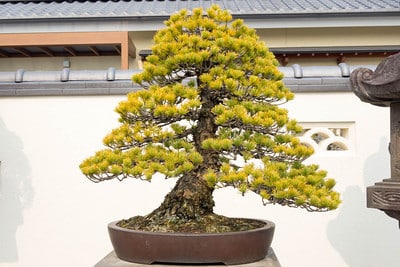
Informal upright white pine
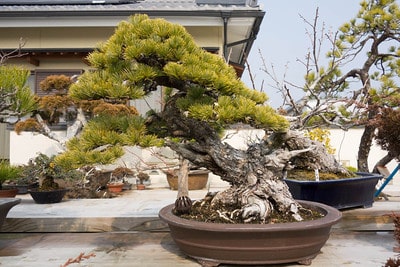
White pine
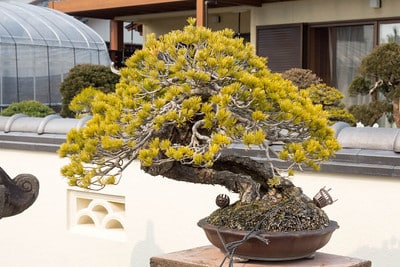
White pine with hollow trunk
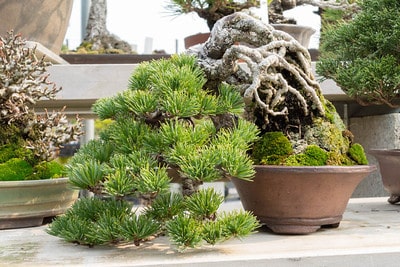
Exposed root cascade white pine
Inside the nursery’s workshop is a single tokonoma. It was filled, the day I visited, with a needle juniper, scroll and accent.
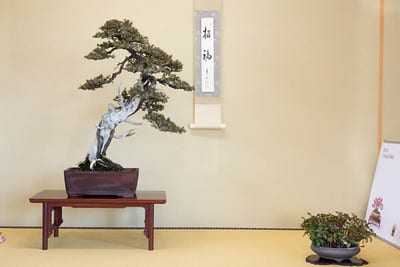
Needle juniper
In addition to the nursery’s many pines and chojubai were a variety of other trees.
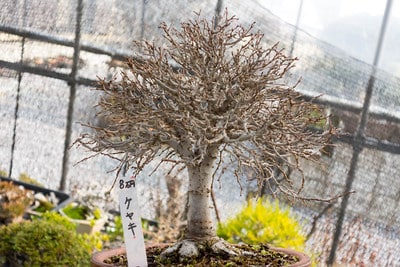
Shohin zelkova
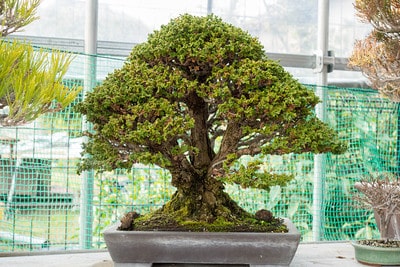
Tsukumo cypress
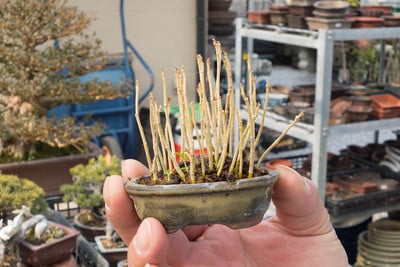
Accent plant
More on the nursery’s junipers this Friday.
Subscribe to Bonsai Tonight
New Posts Delivered Every Tuesday and Friday
nelibonsai says
Dont forget to ask about chojubai branch structure development.
Daniel Dolan says
Jonas:
Extraordinary photos…….thanks for glimpses inside the world of Japanese Bonsai Nursery culture.
What, if anything do these Nurserymen do for Pines in the ground………any bending, trunk chopping, etc. and at what interval, once every 5 years? When does the small plant leave the pot and go to the ground…..10 years?
swo8 says
It is truly and art form. I just love it.
Leslie
Jonas Dupuich says
Hi Daniel,
There are a number of ways to develop pines in the ground but the basic idea is the same as it is for container grown trees – first develop the trunk by letting branches run and then cut back to create new leaders. You can see the basic approach here: http://www.bssf.org/articles-and-stories/care-of-japanese-black-pine-stages-of-development/
Sometimes the trunk is wired for a few years and then the tree goes into the ground for thickening (3-5 years old), while other times the tree is developed in the ground from a young age (maybe 3 years old). I’ve seen trees in the ground with wire, but far more often see trees shaped by cutback alone.
Hope this helps!
Lee Squires says
Jonas,
looks like all of the pines are yellow and under-fertilized but they have good structure, etc.
Lee Squires
Jonas Dupuich says
Hi Lee – thanks for the note. Pines commonly turn yellow when they’re left outside for the winter – they do the same in my backyard. Right about this time of the year the color starts to come back. It’s for this reason that pines are often protected from the cold ahead of exhibits to preserve their dark green color in winter.
Bruce says
Could you comment on the accent plant?
Jonas Dupuich says
Good question Bruce, I don’t know what that is. Anyone have ideas?